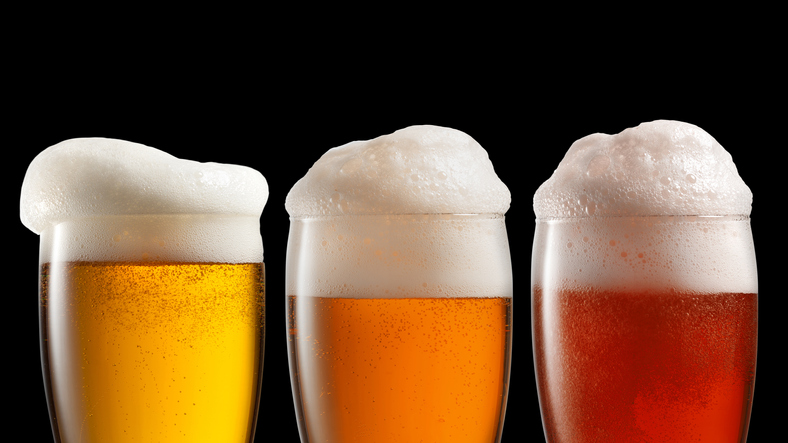The Rheology of Beer

Princeton scientists Alban Sauret, Francois Boulonge, Emilie Dressaire, and Howard Stone have applied fluid dynamics and rheology to help long-suffering beer drinkers understand why beer with a head of foam are less likely to slosh and spill compared to their counterparts with less foam. Simple experiments, like the images shown above, indicate that reducing the thickness of the head of foam increases the sloshing potential when the glass is agitated. Stone and colleagues modeled this behavior, and demonstrated that the foam in beer dampens the sloshing effect of the beer through viscous dissipation. The viscous force scales with the Capillary number, which relates the relative contributions of surface tension and viscosity. The viscosity of the foam is related to the velocity of the bubbles in the foam. The foam dissipates the energy of sloshing to the walls of the glass. Stone and colleagues suggest this is why it is easier to carry a glass of beer versus a cup of coffee without sloshing, although the study would suggest that cappuccinos may be recommended for those on the go.